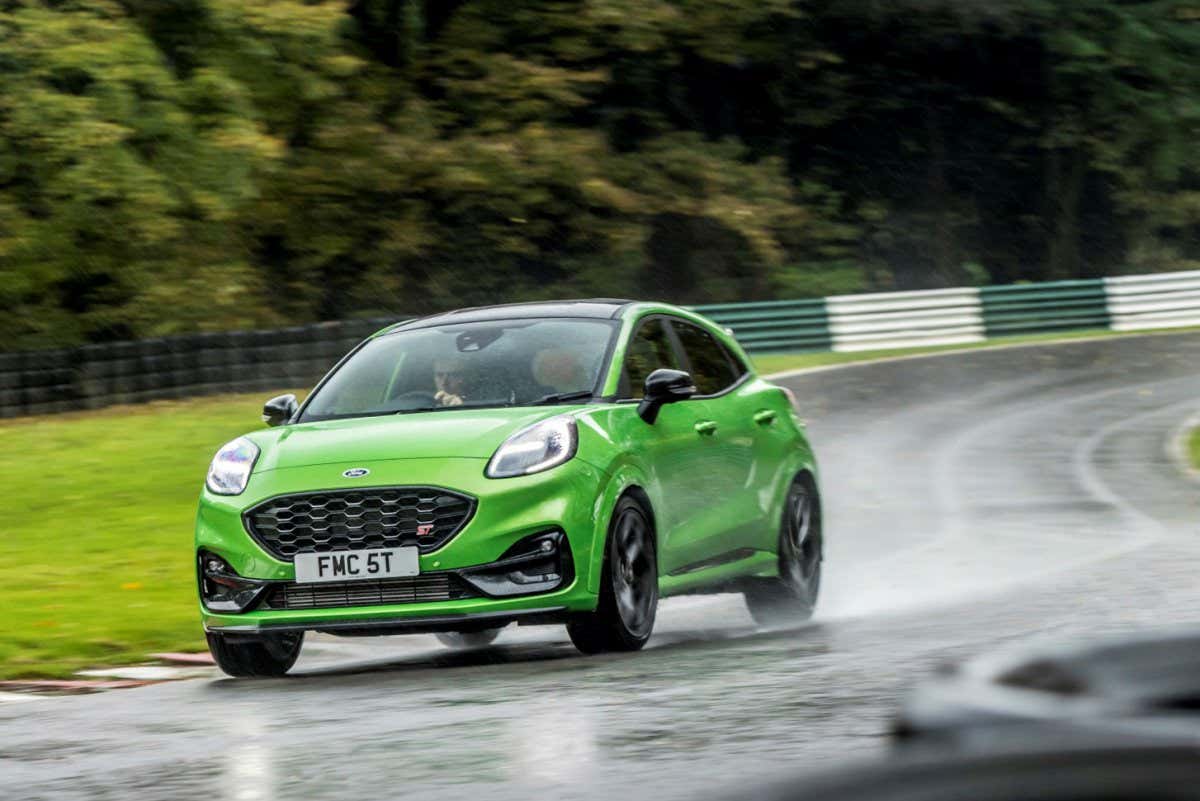Ford Patents Self-Driving Repo Vehicle: The Future of Auto Recovery?
Forget the tow truck chase scenes – Ford's latest patent hints at a future where repossessions are handled by autonomous vehicles. This isn't just a futuristic fantasy; it's a real patent application that has sparked a wave of discussion about the implications for the auto industry, consumer rights, and even the ethics of artificial intelligence.
The patent, filed with the US Patent and Trademark Office, describes a self-driving vehicle specifically designed for repossessing automobiles. This isn't your average autonomous car; it's equipped with features tailored for this unique task. Imagine a vehicle capable of identifying and locating a target car, navigating complex parking lots and residential streets, and securing the vehicle without human intervention.
How Would a Self-Driving Repo Vehicle Work?
The patent details a system involving several key components:
- Advanced Sensors: LiDAR, radar, and cameras would work together to identify the target vehicle, even in challenging environments.
- GPS Tracking: Precise GPS data would guide the autonomous vehicle to the target's location.
- Automated Towing Mechanism: The vehicle would be equipped with a system capable of attaching to and securely towing the repossessed car.
- Remote Monitoring: Operators could remotely monitor the vehicle's progress and intervene if necessary.
- Enhanced Security: Features designed to prevent theft or unauthorized access are likely incorporated.
Implications and Ethical Concerns
While this technology offers potential benefits for repossession companies – reduced costs, increased efficiency, and potentially improved safety – it also raises several critical ethical and legal questions:
- Privacy Concerns: The use of advanced tracking technology raises serious privacy concerns for car owners.
- Potential for Abuse: The potential for misuse or errors in the system's identification and towing mechanisms is a significant concern.
- Legal Ramifications: The legality of autonomous repossession in various jurisdictions remains unclear and needs further clarification.
- Public Perception: The public's perception of such a technology is likely to be mixed, with concerns about the dehumanizing aspects of automated repossession.
Is This the Future of Auto Recovery?
While Ford's patent doesn't guarantee the immediate deployment of self-driving repo vehicles, it signals a significant shift in thinking about how mundane tasks can be automated. The feasibility and widespread adoption of this technology depend on several factors, including regulatory hurdles, public acceptance, and the continued development of reliable autonomous driving systems.
However, the very existence of this patent highlights the increasing convergence of technology and traditional industries. It prompts us to consider the broader societal impact of automation and the need for robust ethical guidelines to govern its application.
Beyond the headlines: What this means for the future
This innovation opens the door for further discussion on:
- The role of AI in everyday life: Beyond repossession, what other sectors might see similar technological advancements?
- Job displacement: Will self-driving repo vehicles lead to job losses in the auto recovery industry?
- The need for regulation: What legislative measures are needed to address the ethical and legal concerns?
Ford's patented self-driving repo vehicle isn't just a futuristic gadget; it's a catalyst for a critical conversation about the future of automation and its implications for society. The journey towards a fully autonomous repossession system may be long and complex, but the patent undoubtedly marks a significant step in that direction. What are your thoughts on this development? Share your opinions in the comments below.

